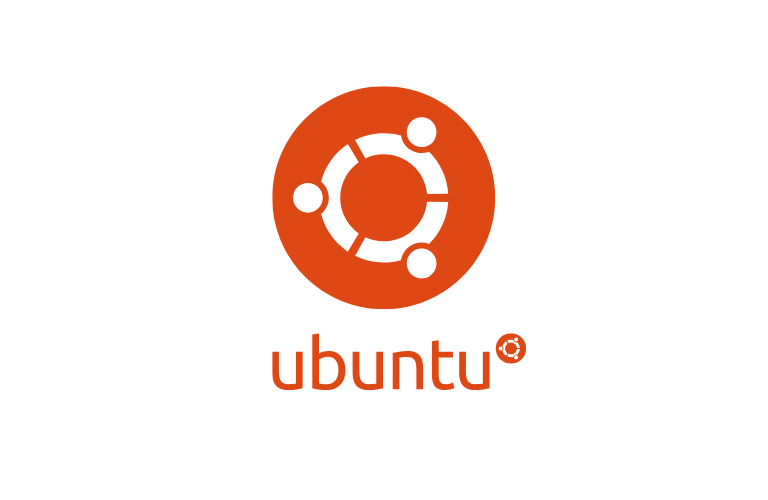Want to develop and use dynamic PHP websites on Ubuntu? A LAMP stack is your go-to solution. This guide will walk you through installing and configuring Linux, Apache, MySQL, and PHP (LAMP) on Ubuntu to create a robust web development environment. By the end, you’ll have the knowledge to host and manage your dynamic websites effectively.
Table of Contents
What is a LAMP Stack?
A LAMP stack is a combination of four powerful open-source technologies:
- Linux: The operating system that provides a stable and secure environment.
- Apache: A web server that handles requests and serves web pages.
- MySQL: A database management system for storing website data.
- PHP: A programming language for creating dynamic web content.
This tried-and-tested combination powers millions of websites, offering reliability, security, and a vibrant community.
Prerequisites for Setting Up a LAMP Stack
Before going in, ensure you meet these prerequisites:
- Operating System: Ubuntu 18.04 or higher.
- Access: Root or sudo user privileges.
- Basic Skills: Familiarity with the command line.
- Internet Connection: To download and install packages.
To verify your Ubuntu version, run:
lsb_release -dStep 1: Installing Apache Web Server
Apache is the backbone of your web server. Follow these steps to install and configure it:
1. Update System Packages:
sudo apt update
sudo apt upgrade2. Install Apache:
sudo apt install apache23. Allow Apache Through the Firewall:
sudo ufw allow in "Apache"4. Test Installation:
Open your browser and visit your server’s IP address. You should see Apache’s default welcome page.
Check Apache’s status using:
sudo systemctl status apache2Step 2: Setting Up MySQL Database
MySQL manages your website’s data. Here’s how to set it up:
1. Install MySQL Server:
sudo apt install mysql-server2. Secure MySQL:
Run the security script to enhance MySQL security:
sudo mysql_secure_installationTasks performed by this script include:
- Setting a root password.
- Removing anonymous users.
- Disabling remote root login.
- Removing the test database.
3. Verify Installation:
Check if MySQL is running:
sudo systemctl status mysqlStep 3: Installing PHP
PHP processes dynamic content on your website. Follow these steps to install and configure PHP:
1. Install PHP and Modules:
sudo apt install php libapache2-mod-php php-mysql2. Optional PHP Modules:
Consider installing these modules for extended functionality:
- php-curl: For HTTP requests.
- php-gd: For image processing.
- php-xml: For XML parsing.
- php-mbstring: For string encoding.
3. Test PHP Installation (Optional):
Create a test file:
sudo nano /var/www/html/test.phpAdd the following code:
<?php
phpinfo();
?>Visit http://<your-server-ip>/test.php in a browser to confirm PHP is working.
Important: Remove the test file after verification:
sudo rm /var/www/html/test.phpYour LAMP stack has been installed on your system. You can now use it. Follow the next steps to create a virtual host and host websites.
Step 4: Configuring Virtual Hosts
Virtual hosts allow hosting multiple websites on a single server.
1. Create Directory Structure:
sudo mkdir -p /var/www/your_domain
sudo chown -R $USER:$USER /var/www/your_domain2. Set Up a Virtual Host Configuration:
sudo nano /etc/apache2/sites-available/your_domain.confAdd this configuration:
<VirtualHost *:80>
ServerName your_domain
DocumentRoot /var/www/your_domain
ErrorLog ${APACHE_LOG_DIR}/error.log
CustomLog ${APACHE_LOG_DIR}/access.log combined
</VirtualHost>3. Enable the Virtual Host:
sudo a2ensite your_domain
sudo systemctl reload apache24. Connect the Host to Your Project:
Move or link your project files to the virtual host’s root directory:
mv /path/to/your/project/* /var/www/your_domain/Or create a symbolic link to your project directory:
ln -s /path/to/your/project /var/www/your_domain5. Update Your System’s Hosts File (Optional):
If you’re working on a local environment and want to access your domain without DNS setup, add an entry in your /etc/hosts file:
sudo nano /etc/hostsAdd the following line:
127.0.0.1 your_domainSave and close the file.
Now your virtual host is linked to your project and accessible at http://your_domain.
Step 5: Testing and Optimizing Your LAMP Setup
1. Verify Installation:
Check Apache logs:
sudo tail -f /var/log/apache2/error.logVerify PHP version:
php -vTest MySQL connection:
mysql -u root -p2. Enable HTTPS:
Install an SSL certificate for secure communication:
sudo apt install certbot python3-certbot-apache
sudo certbot --apache3. Optimize PHP:
Edit the php.ini file to adjust performance settings, such as memory limit and upload size.
Security Best Practices
1. Regular Updates:
Keep your system and software up to date:
sudo apt update && sudo apt upgrade2. Secure Passwords:
Use strong, unique passwords for MySQL and other services.
3. Firewall Configuration:
Ensure only necessary ports are open:
sudo ufw allow 80/tcp
sudo ufw allow 443/tcp
sudo ufw enable4. Automated Backups:
Use tools like rsync or mysqldump to schedule regular backups.
Troubleshooting Common Issues
1. Apache Errors:
Check logs at /var/log/apache2/error.log.
2. PHP Issues:
Run php -m to list loaded modules and verify configurations.
3. MySQL Errors:
Test connection using:
mysqladmin -u root -p statusConclusion
Congratulations! You’ve successfully set up a LAMP stack on Ubuntu. With Linux as your foundation, Apache as your web server, MySQL for data management, and PHP for dynamic content, you’re ready to build and host robust websites.




